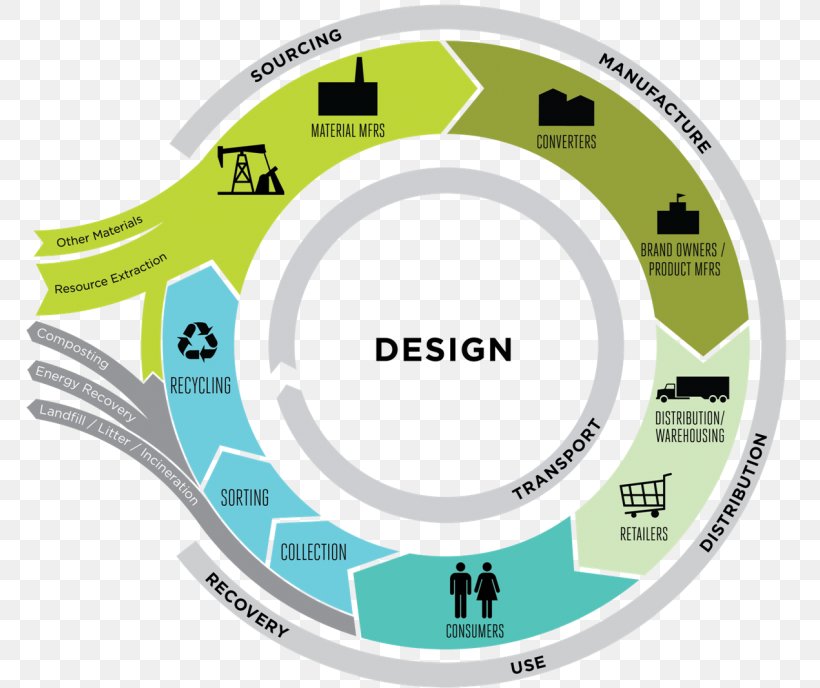The Importance Of Life-Cycle Assessment In Sustainable Infrastructure Design
Welcome to this comprehensive guide to life cycle assessments (LCAs) and separating the green from the greenwash. LCAs are a critical tool for anyone involved in green building, and a key factor in identifying sustainable building materials and products. In this article, we'll take you through the basics of what LCAs are, why they matter, and what you should know to use them effectively.
What is an LCA?
An LCA is a comprehensive analysis of the environmental impact of a given product or process. By examining every aspect of a product or process, from the pre-manufacture stage to production, to transportation, to disposal or recycling, LCAs provide a detailed picture of the environmental impact of a product throughout its entire life cycle. This is important because it helps identify the areas where improvements can be made to reduce the impact of a particular product or process on the environment.
Why do LCAs matter?
LCAs are important because they allow builders and architects to make informed choices about the materials and products they use in their buildings. By understanding the environmental impact of different materials and products, they can select those that have a lower impact and contribute to a more sustainable built environment. This is important not only from an environmental perspective, but also from a social and economic perspective. Green buildings are increasingly in demand and can command higher rents and prices, while also appealing to tenants and residents who are more environmentally aware.
What should I know about LCAs?
If you're involved in the building industry, there are a few things you should know about LCAs to use them effectively. First, it's important to understand what data is being used in an LCA and how it's being collected. This can vary depending on the LCA system being used, so it's important to be familiar with the different systems and their requirements.
You should also be aware of the limitations of LCAs. While they are a valuable tool, they have their limits. For example, they can only analyze what they're given, so if incomplete or inaccurate data is used in the analysis, the results will be flawed. They also don't take into account other factors, such as social or economic impacts, that may be important when selecting materials or products.
What are the benefits of using LCAs?
The benefits of using LCAs are many. They help identify areas where improvements can be made to reduce the environmental impact of a product, provide a framework for comparing different products and materials, and help identify opportunities for innovation and improvement.
They also contribute to a more sustainable built environment by helping designers and architects choose materials and products that have a lower impact and are more environmentally sustainable. This, in turn, contributes to a healthier and more sustainable planet for future generations.
What are some of the challenges of using LCAs?
While LCAs are a valuable tool, they are not without their challenges. One of the biggest challenges is the lack of standardization in the industry. There are many different LCA systems available, each with its own requirements and methodologies. This can make it difficult to compare results between different products or processes, and can also make it challenging to ensure that the data being used is accurate and reliable.
There's also the matter of cost. LCAs can be expensive and time-consuming to carry out, which may be a barrier for some companies or organizations.
Conclusion
In conclusion, life cycle assessments are a valuable tool for anyone involved in the green building industry. By providing a comprehensive analysis of the environmental impact of a product or process, they help identify areas for improvement and contribute to a more sustainable built environment. While there are some challenges to using LCAs, these can be overcome with careful planning and attention to detail.
Thank you for reading this guide to LCAs. We hope that it has been helpful and informative, and that you will use the information to help create a greener, more sustainable future for all.

Post a Comment for "The Importance Of Life-Cycle Assessment In Sustainable Infrastructure Design"